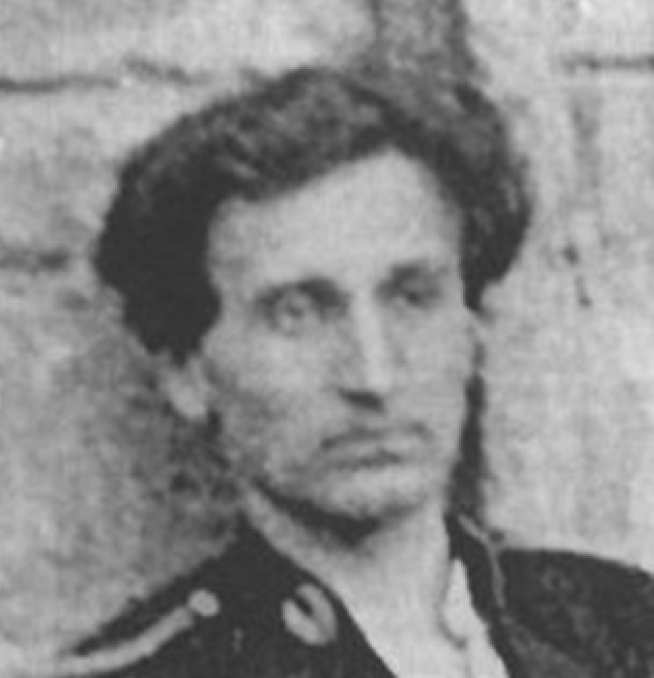Key Concepts of Shock Hydrodynamics
Course tutor: Dr Ron Winter

The aim of the course is to help students understand the key concepts underpinning shock physics and thereby to provide a grounding for further study and research in this field. It will be shown how experimental data, computer simulations and (fairly simple) mathematical analysis can be used together to illustrate, and quantify, the important phenomena. MS Excel will be used extensively to (a) depict the key equations of shock physics in graphical form, (b) analyse experimental data to yield values for the parameters in material models and (c) predict experimental data from a known material model. Students will be expected to test and consolidate their understanding by using Excel to complete a series of 'homework' questions. Each student will be provided with hard copy of the course notes. See Key Concepts of Shock Hydrodynamics flier for further information
Timetable
The course will be run over five days from 27th - 31st March 2017. Two lectures will be delivered nominally from 10:00 - 11:15 and 11:30 - 12:45 each morning (refreshments will be provided mid-morning and midday). The afternoons will be available for students to complete their homework assignments, which should then be given to the class tutor for checking.
The topics to be covered are summarised below but the timings may vary slightly from those listed.
There are reduced cost terms for academics and students from Universities outside Imperial, please do contact us for details.
| Time | Topic |
|---|---|
| Monday | |
| am | Conservation equations; the Hugoniot in the shock velocity - particle velocity plane; the Hugoniot in the pressure - particle velocity plane; Hugoniot parameters of selected materials; Hugoniots of moving objects; pressure generated by impacting bodies; shock impedance; the Rayleigh line in the pressure - particle velocity plane. |
| pm | (a) Students will use Excel to plot Hugoniots in the shock velocity - particle velocity and shock velocity-pressure planes, (b) pressure - particle velocity analysis will be used to derive the conditions generated by the impact of two materials whose Hugoniots are known. |
| Tuesday | |
| am | Distance (x) vs time (t) plots: The reflection Hugoniot of a material that has been singly shocked; the Hugoniot and the Rayleigh Line in the p-v plane. Experimental determination of the Hugoniot; the need for an Equation of State (EoS); the Linear Gruneisen EoS. |
| pm | (a) An experiment in which the pressure in an unknown material was measured following impact by a flyer of known Hugoniot and velocity will be analysed to provide the Hugoniot of the unknown material, (b) students will generate a 3-D depiction of a Gruneisen Equation of State surface enabling them to observe the effect on the EoS of varying Gruneisen gamma and other EoS parameters. |
| Wednesday | |
| am | The adiabat; temperature changes at constant volume or constant pressure; caculating the temperature along an adiabat; calculating the entropy along the Hugoniot; generating Hugoniots other than the principal Hugoniot; propagation of stress waves; shock formation; propagation of a narrow pulse; shock reflection from a free surface. |
| pm | (a) Temperature changes along the adiabat and the Hugoniot will be calculated, (b) students will learn how to construct a Hugoniot from an initial state other than the ground state. |
| Thursday | |
| am | The need for a treatment of elasto-plasticity; stress and strain; definitions of elastic constants; stress vs strain curves for uniaxial stress and uniaxial strain; yield stress; Hugoniot Elastic Limit (HEL); stress and strain deviators; Hookes Law; constructing Hugoniots for elastic/plastic materials; uniaxial strain release waves in elastic plastic materials. |
| pm | (a) Students will derive values for the elastic constants and will explore concepts such as HEL, (b) Hookes law will be used to calculate the shape change produced by a given applied stress, (c) a Hugoniot will be constructed for an elastic-plastic material with a known constitutive model. |
| Friday | |
| am | Porosity: The simple locking model and the p-alpha model. Understanding multiple shocks; the 'thermodynamic' shock velocity; Lagrangian and Eulerian velocities; ramp waves in fluids; release waves in elastic materials; impact of thin flyers; interaction of a triangular shock wave with a free surface; spall caused by a triangular wave and flat-topped waves. |
| pm | Students will use the simple locking model to derive the Hugoniot of a porous material. They will consolidate their understanding of Eulerian and Lagrangian wave velocities by analysing a computer generated, double-shock experiment. |
Nuffield Students
Dr Bill Proud is the Director of the Institute of Shock Physics at Imperial College London, and has personally supervised Nuffield students for almost two decades. Find out more about Nuffield Students.